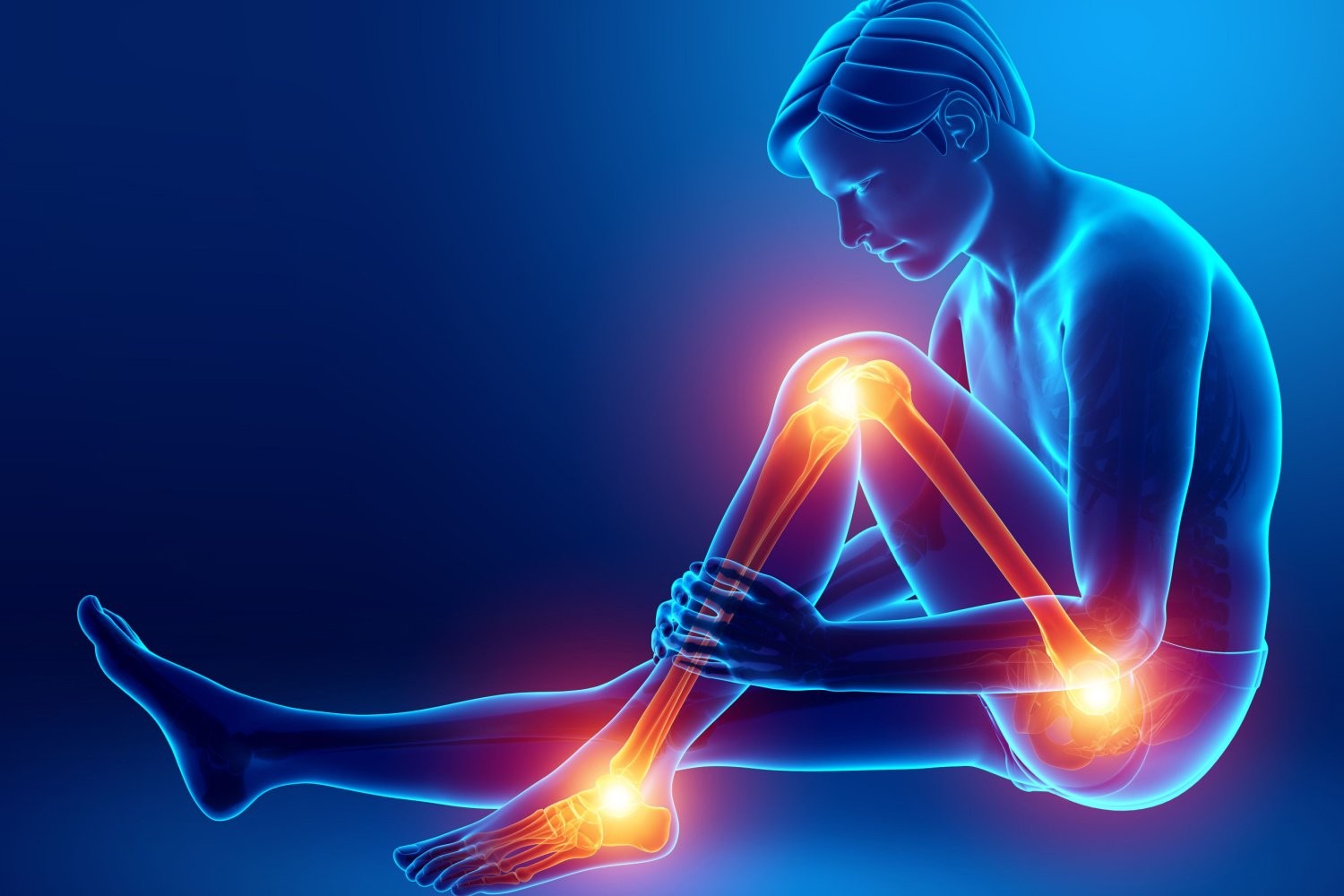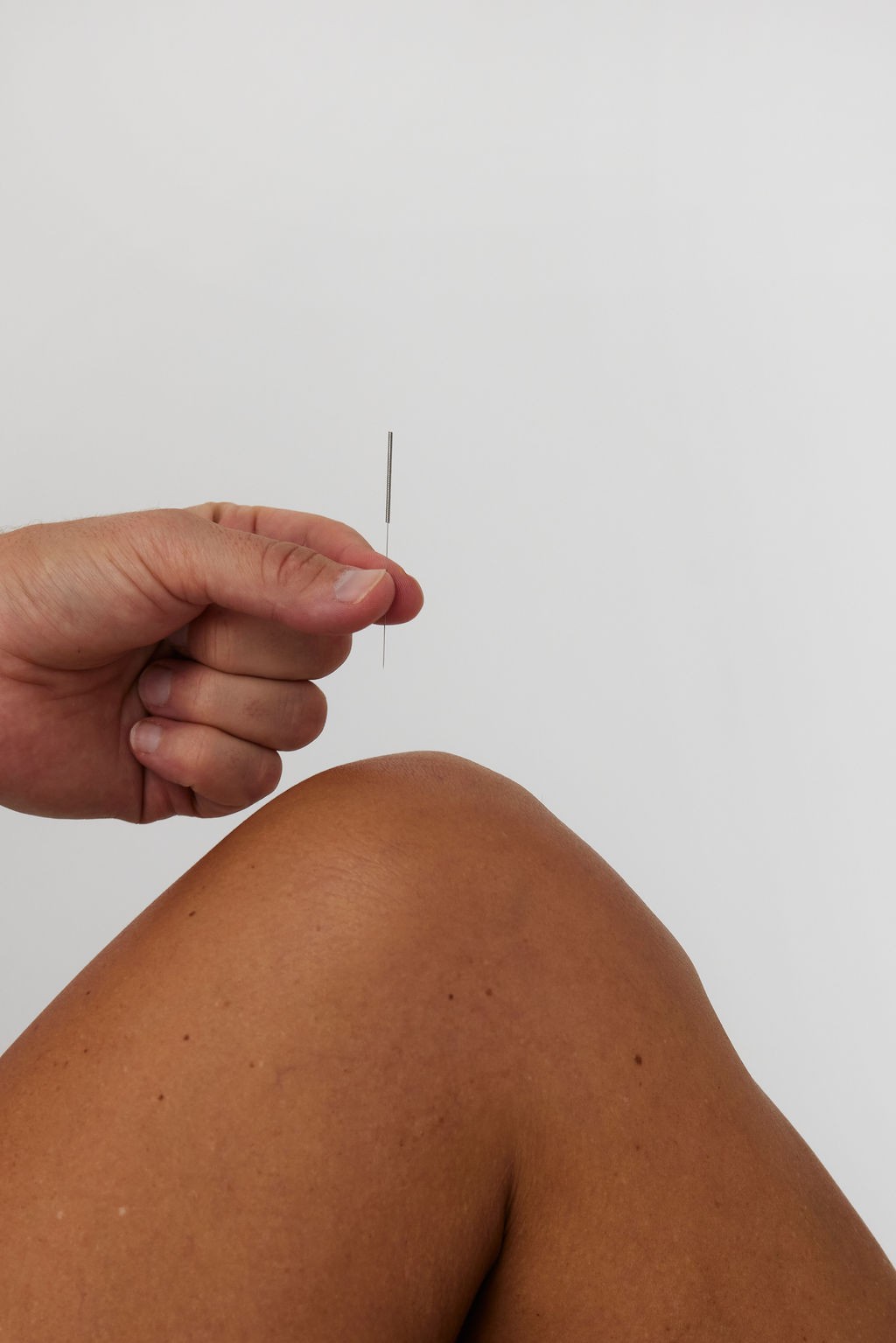Navigating Osteoarthritis: Understanding the Symptoms, Causes and Effective Management
Osteoarthritis is the most prevalent form of arthritis, affecting millions of individuals worldwide.

Osteoarthritis is the most prevalent form of arthritis, affecting millions of individuals worldwide. This condition primarily occurs within the joints and can lead to a range of uncomfortable symptoms. At The Urban Physio, we pride ourselves on being your trusted source for guidance on osteoarthritis, its symptoms, risk factors, diagnosis, and management strategies. Our goal is to empower you to take control of your health and well-being, so you can continue enjoying life to the fullest.
Osteoarthritis Unveiled
Osteoarthritis is characterised by the gradual breakdown of cartilage within a joint. Cartilage, a firm, smooth, rubbery tissue, acts as a cushion or shock absorber between the ends of bones. As osteoarthritis progresses, this vital cartilage wears down, leaving the bone ends vulnerable. These changes typically develop slowly and worsen over time. While it commonly affects weight-bearing joints like the knees and hips, it can strike elsewhere in the body.
Recognising the Symptoms & Risk Factors
The most frequent symptom of osteoarthritis is pain, typically alleviated by rest. However, it often presents alongside other telltale signs:
- Stiffness.
- Swelling around the affected joint.
- Limited range of motion.
- Joint deformity, as the cartilage wears away and bones adapt, potentially leading to bone spurs.
Understanding the risk factors associated with osteoarthritis is crucial, here are some key related risk factors:
- Age: the risk of developing osteoarthritis increases with age.
- History of previous joint injuries.
- Joint overuse.
- Weakness: inadequate muscular support for the joint places additional strain on cartilage, accelerating wear and tear.
- Gender: women are more susceptible to osteoarthritis than men.
- Obesity: excess weight places additional stress on joints, especially weight-bearing ones like the hips and knees.
- Genetics: family history can increase the likelihood of osteoarthritis.
- Certain metabolic diseases, such as diabetes, and low iron levels.
Diagnosis & Effective Management
At The Urban Physio, our experienced physios can aid in the diagnosis of osteoarthritis. A diagnosis is typically confirmed with an X-ray, revealing common findings like joint space narrowing, cartilage loss, and the presence of bone spurs or growths.
While there is no cure for osteoarthritis, there are numerous ways to manage its symptoms and slow its progression. Our dedicated physiotherapists offer a range of treatments tailored to your unique needs:
- Physical therapy: techniques such as massage, mobilization, taping, ice therapy, and acupuncture can help manage pain, stiffness, and swelling.
- Strengthening exercises: long-term muscle strengthening provides added joint support.
- Supportive Devices: braces or taping can provide relief and allow symptoms to subside.
- Medication: pain relief and anti-inflammatory medications may be prescribed.
- Activity Modification: altering your activity level can reduce stress on the affected joint, such as switching from running to cycling.
- Injections: cortisone injections may offer localised relief when administered by a specialist or doctor.
- Surgery: In severe cases, surgical interventions like knee or hip replacements can be considered.
If you suspect you have osteoarthritis or are looking for effective management strategies, don't hesitate to reach out to us at The Urban Physio. Our team are here to guide you every step of the way, from diagnosis to personalised treatment plans that fit your unique needs.
Don't let osteoarthritis hold you back from living life to the fullest. Book your appointment today and take the first step toward managing your osteoarthritis with confidence and expertise.















